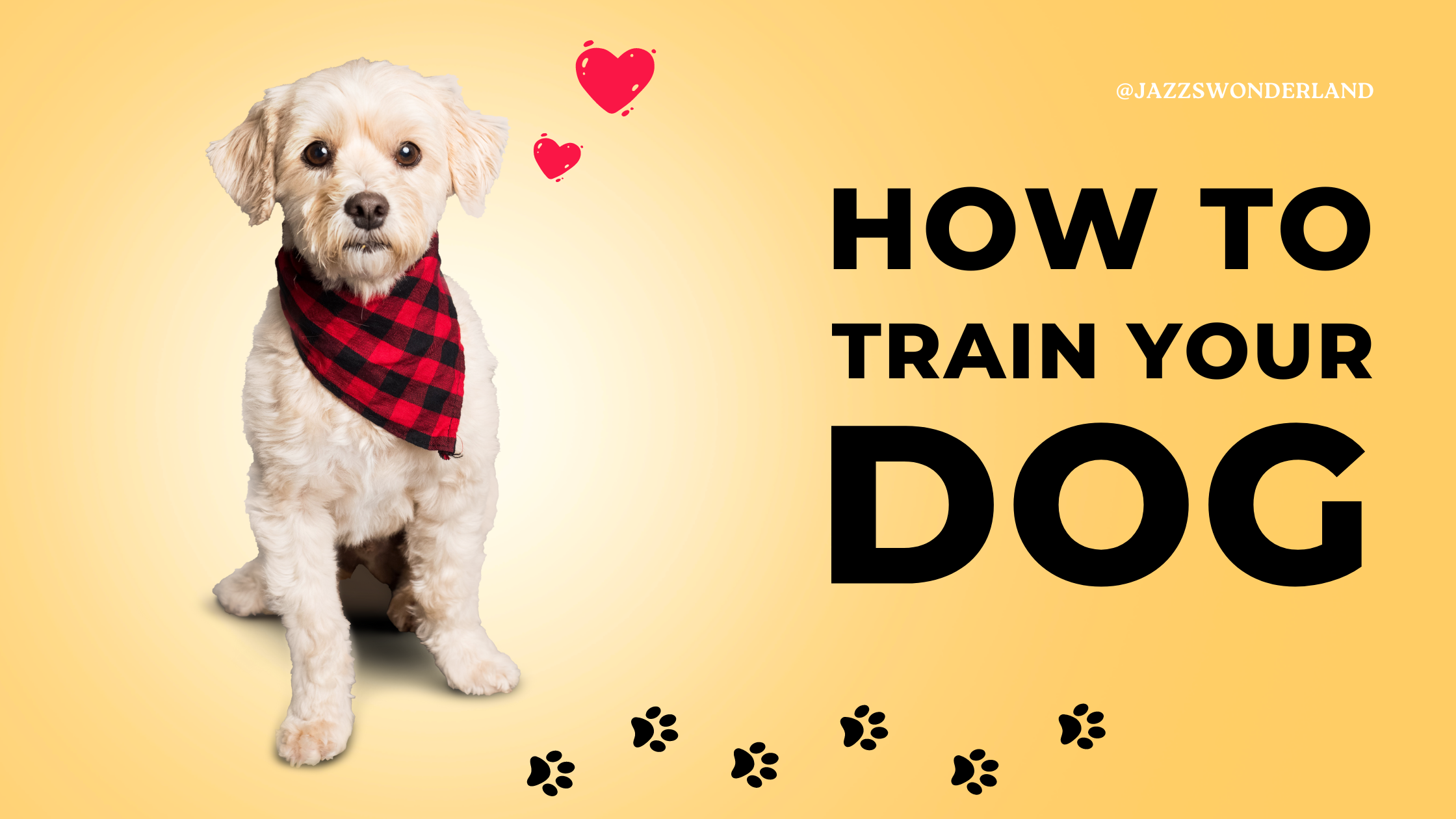Mastering Dog Training: Essential Tips, Do's and Don'ts, and Positive Reinforcement Techniques
Embarking on a journey to train your dog is an investment that yields a lifetime of companionship and harmony. Effective dog training not only shapes your pup's behavior but also strengthens the bond between you and your furry friend. In this comprehensive guide, we'll explore essential dog training tips, highlight the do's and don'ts, delve into the power of positive reinforcement, and equip you with the necessary tools for success.
Essential Dog Training Tips
1. Start Early: Begin training as soon as you bring your pup home. Early training sets the foundation for desirable behavior.
2. Consistency is Key: Use consistent cues and commands. This helps your dog understand what's expected and reduces confusion.
3. Short Sessions: Keep training sessions short, around 5-10 minutes. Dogs have shorter attention spans, and short sessions maintain their focus.
4. Positive Reinforcement: Reward good behavior with treats, praise, or play. This encourages your dog to repeat desired actions.
5. Patience and Persistence: Training takes time. Be patient and persistent, celebrating small victories along the way.
Do's and Don'ts of Dog Training
Do's:
1. Do Be Patient: Dogs learn at their own pace. Stay patient and encourage progress rather than rushing.
2. Do Use Positive Language: Use positive and encouraging words during training. Your tone and energy impact your dog's response.
3. Do Be Clear: Use clear cues and signals. Your dog should understand what you want them to do.
Don'ts:
1. Don't Punish: Avoid physical or harsh punishments. Positive reinforcement is more effective and strengthens the bond.
2. Don't Train When Frustrated: Training should be fun for both you and your pup. Avoid training when you're feeling frustrated or stressed.
3. Don't Overwhelm: Keep training sessions short and simple. Overwhelming your dog can lead to confusion and frustration.
The Power of Positive Reinforcement
Positive reinforcement involves rewarding desired behaviors to encourage their repetition. This technique fosters a trusting and joyful relationship between you and your dog. Use treats, praise, and affection as rewards to reinforce actions like sitting, staying, and coming when called. Over time, your dog associates these actions with positive experiences, making them more likely to comply.
Essential Tools for Successful Training
1. Training Treats: High-quality treats motivate your dog during training. Choose small, tasty treats that your pup loves.
2. Clicker: A clicker is a valuable tool that marks the exact moment your dog performs a desired behavior. Pair it with treats for effective positive reinforcement.
3. Training Leash: A training leash gives you control during walks and outdoor training. It's especially useful for teaching commands like "heel."
4. Training Collar or Harness: A well-fitting collar or harness ensures your dog's safety and comfort during training sessions.
5. Toys: Incorporate toys into training to make it more engaging. Use toys as rewards and tools for interactive play.
Conclusion
Effective dog training is an art that transforms your pup into a well-mannered and happy companion. By following essential training tips, embracing positive reinforcement techniques, and using the right tools, you'll create a rewarding experience for both you and your furry friend. Remember, each dog is unique, so tailor your approach to suit their personality and needs. With patience, consistency, and the power of positive reinforcement, you'll forge a lifelong bond built on trust, communication, and shared happiness.
Keywords: Dog training tips, positive reinforcement, effective training techniques, essential dog training tools, building trust with your dog, successful dog training
Note: As an Amazon Associate, I earn from qualifying purchases.











